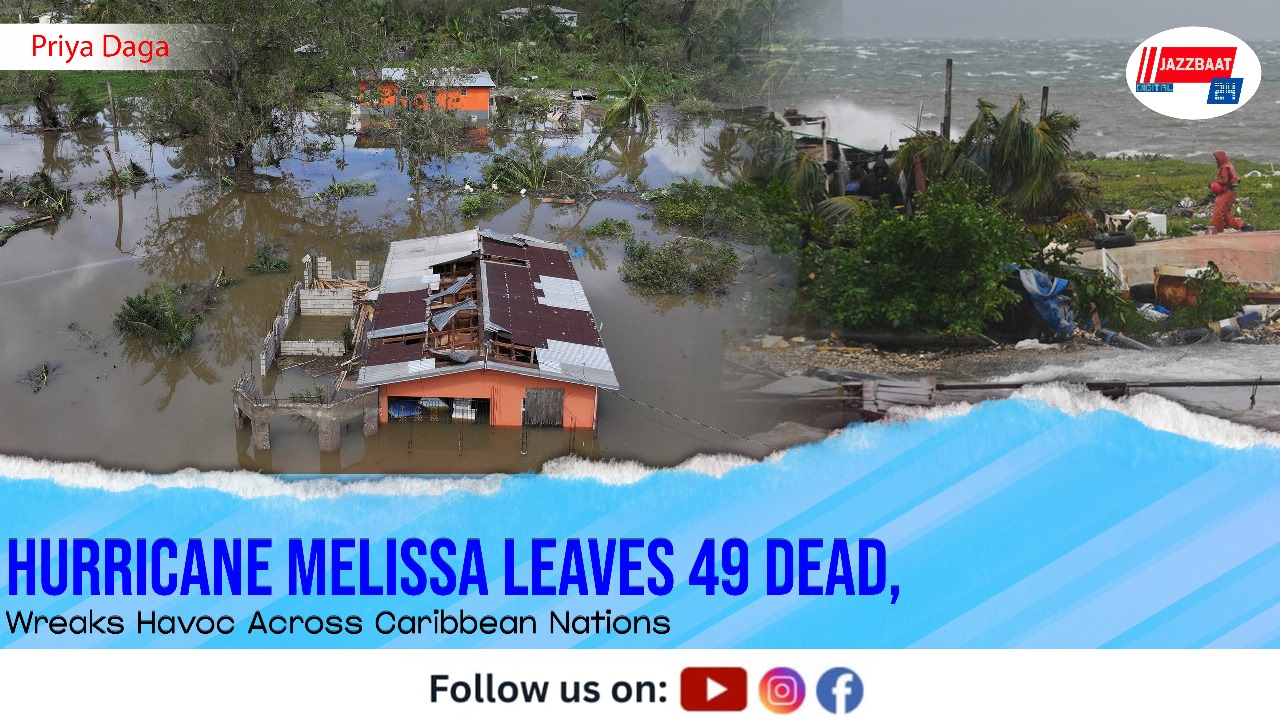Hurricane Melissa has left a trail of devastation across the Caribbean, with the death toll rising to 49 as the powerful storm caused widespread destruction in Jamaica, Cuba, and Haiti. The storm, one of the strongest recorded in the Atlantic, made landfall as a Category 5 hurricane, marking Jamaica’s most intense storm since 1988. Cubans evacuated approximately 735,000 residents from vulnerable regions, though no casualties have been reported there so far.
The storm’s impact stretched across the northern Caribbean, with flooding likely to ease in the Bahamas, while Cuba, Jamaica, Haiti, and the Dominican Republic face ongoing high water levels. Haitian authorities reported at least 30 deaths, with 20 people unaccounted for, as heavy rains battered the country. Jamaica confirmed at least 19 fatalities, amid search and rescue operations that are still in progress. Hundreds of thousands of residents in affected nations lost power, with homes and crops damaged extensively.
AccuWeather estimates that Hurricane Melissa caused between $48 billion and $52 billion in damages across the western Caribbean, driven by winds that tied the second-strongest Atlantic hurricane on record at landfall. While Bermuda prepared for the storm’s passage, officials decided to close schools and suspend ferries as a precaution. The Bahamas, having already faced Melissa's passage, lifted storm warnings but maintained a cautious stance, waiting to decide if residents could return home.
Rescue efforts are underway in Jamaica and Haiti, as local military forces mobilize reserves for relief operations. Residents of Cuba express despair over the destruction, with some describing their hardships as worsened by the storm. With the storm now moving past the Caribbean towards Bermuda and the Atlantic, officials remain vigilant for further impacts from this ferocious storm.
